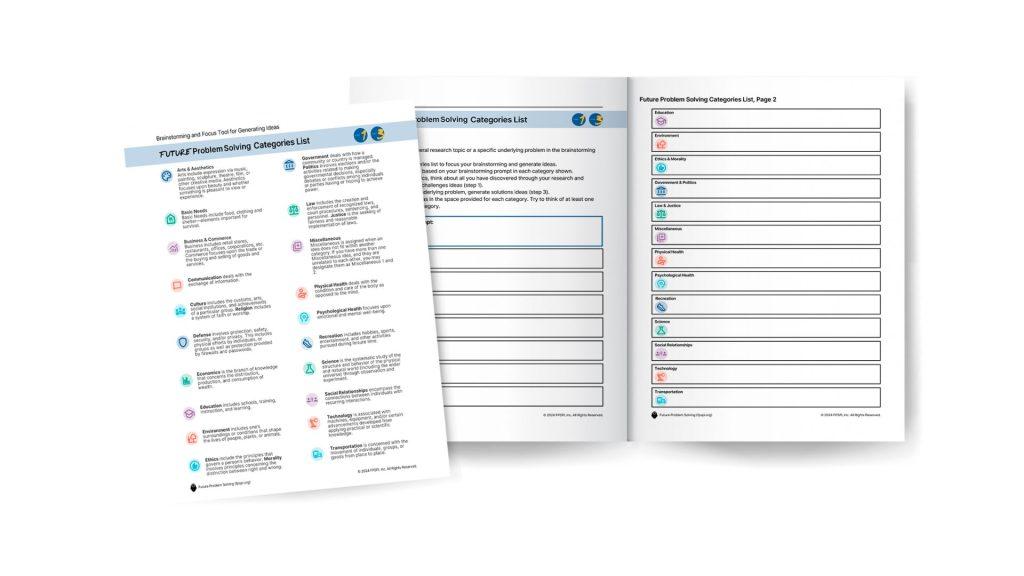Horn of Africa Update: Rising Conflict and Humanitarian Challenges in South Sudan (2025)
As the Horn of Africa confronts numerous complex issues, South Sudan’s security landscape has deteriorated sharply in 2025. Despite persistent peace negotiations and international diplomatic efforts, the fragile calm hoped for in the world’s youngest nation remains out of reach. Recent reports reveal a surge in violent confrontations among competing factions, fueled by deep-rooted ethnic rivalries and compounded by an escalating humanitarian emergency that jeopardizes millions. The ongoing unrest not only threatens South Sudan’s internal stability but also poses significant risks to neighboring countries across the region. This article explores the current escalation of violence, its root causes, immediate consequences, and highlights urgent calls for coordinated global intervention to restore peace.
Understanding the Roots and Repercussions of South Sudan’s Conflict
The intensification of hostilities within South Sudan stems from a multifaceted blend of historical animosities intertwined with contemporary political challenges. Several critical factors underpin this volatile environment:
- Ethnic Divisions: Long-standing inter-ethnic disputes have been exacerbated by political actors exploiting these tensions to consolidate power or control resources.
- Fragile Political Landscape: The breakdown or stagnation of peace agreements alongside governmental shortcomings in delivering essential services have bred widespread public disenchantment.
- Economic Struggles: Rampant unemployment coupled with soaring inflation rates has intensified social frustrations and unrest.
The immediate fallout from this surge in violence is severe—triggering mass displacement and deepening humanitarian distress that reverberates beyond national borders into the wider Horn region. Current data illustrates this crisis starkly:
| Humanitarian Indicator | Status as of 2025 |
|---|---|
| Internally Displaced Persons (IDPs) | Approximately 1.8 million |
| Refugees Seeking Shelter Abroad | Around 1.3 million across neighboring states |
| Total Population Requiring Aid | An estimated 6 million individuals |
With conditions worsening rapidly, international stakeholders face mounting pressure to implement effective strategies addressing both immediate relief needs and long-term conflict drivers. Failure to act decisively risks plunging not only South Sudan but also adjacent nations into deeper instability.
Humanitarian Emergency Intensifies: Displacement Trends and Urgent Needs Assessment
Violence-induced displacement continues at an alarming pace throughout South Sudan during 2025, forcing over 1.5 million people from their homes amid escalating clashes between armed groups vying for control over territory and resources. This upheaval severely strains already limited access to food supplies—with malnutrition rates climbing—and disrupts vital healthcare services crucial for vulnerable populations.
Humanitarian organizations warn that internally displaced communities urgently require shelter solutions, potable water sources, medical care access, and nutritional support programs to prevent further deterioration.
Several obstacles complicate aid delivery efforts:
- Lack of Adequate Funding: Humanitarian operations currently face nearly a 50% shortfall against projected budgets necessary for comprehensive response activities.
- Deteriorating Security Conditions: Persistent fighting restricts safe passage for aid workers into conflict zones.
- Diplomatic Renewal: Prioritize inclusive dialogue platforms involving regional powers such as IGAD members alongside local leaders aiming at reconciliation processes.
- Scaling Up Humanitarian Assistance: Expand resource allocation targeting food security initiatives, emergency healthcare provision,and shelter construction especially tailored toward displaced communities.
- Empowering Local Governance Structures: Bolster administrative capacities at community levels fostering resilience against violence while rebuilding trust between citizens & government institutions.
- International Oversight Mechanisms: Deploy impartial observers tasked with monitoring ceasefire adherence & documenting human rights abuses enhancing transparency & deterrence against violations.
itemAccess Barriers: Poor road networks combined with seasonal weather challenges hamper logistics chains critical for timely assistance distribution.
The growing scale demands enhanced coordination between local authorities, international agencies,and non-governmental organizations. Immediate mobilization is essential to mitigate suffering among displaced populations caught amid ongoing hostilities.
Pathways to Peace: Strategic International Interventions for Stability
The complexity surrounding South Sudan’s crisis necessitates a comprehensive approach combining diplomatic engagement, humanitarian support, governance strengthening,and accountability mechanisms.
Long-range stabilization will depend heavily on sustained investments focused on economic revitalization—particularly agriculture development which remains central given that approximately 70% of South Sudanese rely on subsistence farming—and infrastructure improvements facilitating market connectivity.
Education programs aimed at youth empowerment can serve as catalysts breaking cycles of poverty & recruitment into armed groups alike.
| Sectors Targeted For Investment | Aspirational Outcomes |
|---|---|
| Agriculture Development | Sustainable food production; employment growth; rural livelihoods enhancement |
| Youth Education Initiatives | < td > Increased literacy rates; expanded vocational opportunities; reduced vulnerability < / td > < / tr >|

